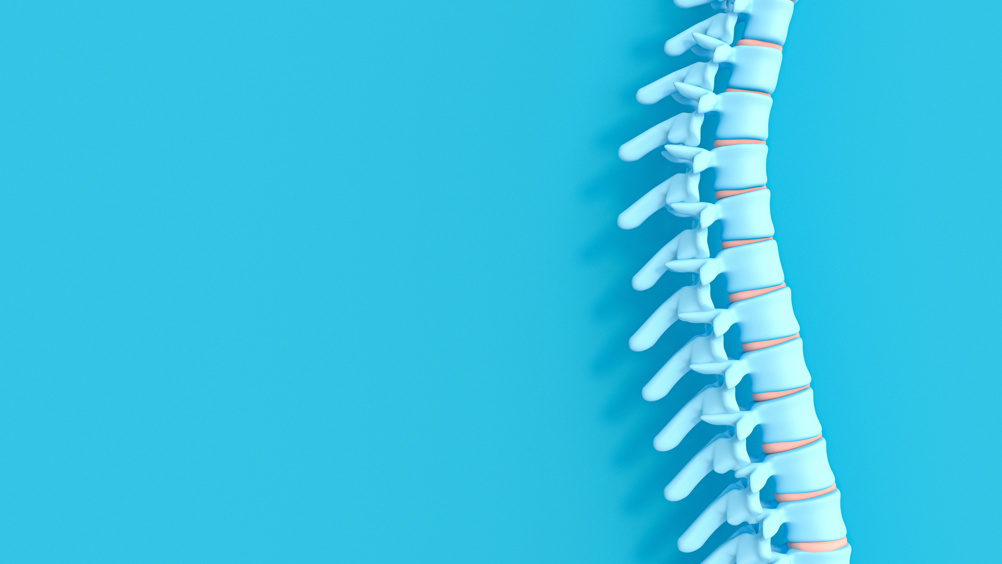References
Pressure injury susceptibility related to lifestyle factors in patients with spinal cord injury: a cross-sectional survey

Abstract
Aim:
To identify the lifestyle factors preventing and predisposing to the development of pressure injuries (PIs) in individuals with spinal cord injury (SCI) living in the community in Bangladesh.
Methods:
A quantitative cross-sectional survey was conducted using a convenient sampling method. An equal number of participants, both with PIs and without, were recruited from the community, and a face-to-face interview was conducted. The standard outcome measure used to identify lifestyle factors in SCI was the Spinal Cord Injury Lifestyle Scale. The odds ratio (OR) was used to measure the associated difference between both groups and with sociodemographic variables. A p-value of ≤0.05 was considered statistically significant.
Results:
The study cohort comprised 80 participants—40 with PIs and 40 without. The study findings showed that lifestyle factors that were strongly associated with the occurrence of PIs (p<0.01, OR: <1) were: smoking; regular exercise; weight-bearing activity; body position on wheelchair; joint contracture; skin examination; pressure relief technique; wearing a protective device; accessibility; bladder and bowel management (p=0.03, OR: 0.32). Whereas, bladder incontinence appeared as a strong risk factor (p=0.04, OR: 2.5) for developing PIs in people with SCI.
Conclusion:
The outcome of this study suggests that people with SCI should be aware of, and review, their lifestyle factors to reduce their chance of developing PIs.
Spinal cord injury (SCI) is damage to the neural connections, resulting in motor and sensory problems, and causing difficulties in performing everyday tasks.1 It changes the life of an individual, creating challenges in functional, emotional and socioeconomic areas, along with various complications,2 of which pressure injuries (PIs) are one of the most common.3 The global incidence of SCI is 8–246 per million, whereas the prevalence is 236–1298 per million people each year, and is observed to be increasing gradually.4 Moreover, people with SCI are more susceptible to secondary complications5 due to immobility and disturbed sensation.6 Approximately 30–85% of people with SCI develop PIs in the acute phase of injury, 85% experience them at some point in their lives,7 and 95.1% of PIs are preventable.8 Furthermore, PIs impose a huge medical and economic burden on the patient,9,10 and a study in northern Ethiopia reported that treatment is about 2.5-times more expensive than prevention.11 In addition, PIs are among the most common secondary health problems in low- and middle-income countries (LMICs),12 and people with SCI are at greater risk of developing PIs.13 Despite the fact that PIs are generally preventable, prevention sometimes necessitates an individual's diligent caretaking.14 Moreover, people with SCI need to be protected against secondary problems in order to continue to participate in society and in daily life. Individuals with SCI often perceive that they can avoid PIs through proper maintenance of their living environment.15 However, the identification of protective factors and factors which make them susceptible might minimise the incidence of PIs. It has been observed that the occurrence of PIs in individuals with SCI ranges from 33–40% during inpatient rehabilitation and from 31–79% among those residing in the community.16 Correspondingly, the majority of studies have reported on risk factors for PIs in hospital or rehabilitation settings.13,17,18
Register now to continue reading
Thank you for visiting Journal of Wound Care's Silk Road Supplement and reading some of our peer-reviewed resources for healthcare professionals across Asia. To read more, please register today.
